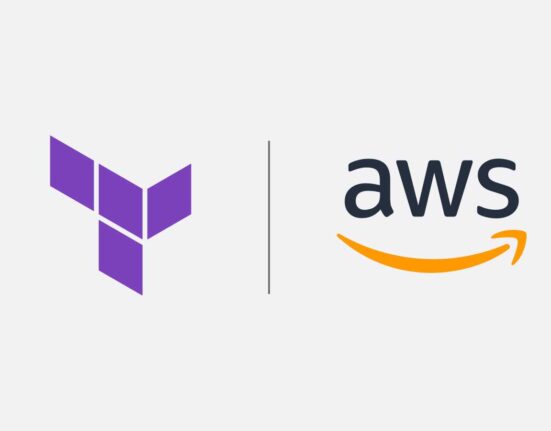Cloud computing has revolutionized modern IT infrastructure, offering scalable resources, flexible deployments, and cost-efficiency. This guide provides a comprehensive introduction to cloud computing concepts and practical steps to deploy services on the cloud.
Table of Contents
- Introduction to Cloud Computing
- Key Concepts and Models
- IaaS, PaaS, SaaS
- Public, Private, and Hybrid Clouds
- Essential Tools and Platforms
- Step-by-Step Cloud Deployment
- Setting Up a Cloud Server
- Installing a Web Server (Nginx/Apache)
- Securing the Cloud Environment
- Best Practices for Cloud Security and Maintenance
- Conclusion
1. Introduction to Cloud Computing
Cloud computing allows you to access and manage computing resources (such as servers, storage, databases, and networking) over the internet. Popular cloud providers include AWS, Google Cloud, Azure, DigitalOcean, and Linode.
Benefits of Cloud Computing
- Scalability: Easily increase or decrease resources based on demand.
- Cost Efficiency: Pay only for what you use.
- Accessibility: Access resources from anywhere with an internet connection.
2. Key Concepts and Models
Cloud Service Models
- IaaS (Infrastructure as a Service): Provides virtualized computing resources. Example: AWS EC2, DigitalOcean Droplets.
- PaaS (Platform as a Service): Provides a platform for application development without managing the underlying infrastructure. Example: AWS Elastic Beanstalk, Google App Engine.
- SaaS (Software as a Service): Delivers software applications via the cloud. Example: Google Workspace, Microsoft 365.
Cloud Deployment Models
- Public Cloud: Resources are hosted and shared among multiple organizations.
- Private Cloud: Resources are dedicated to a single organization.
- Hybrid Cloud: A mix of public and private cloud environments.
3. Essential Tools and Platforms
- Terraform: Infrastructure as Code (IaC) tool for cloud provisioning.
- Docker/Kubernetes: Containerization platforms for efficient application deployment.
- Ansible: Automation tool for cloud configuration and management.
4. Step-by-Step Cloud Deployment
1) Choose a Cloud Provider and Create an Account
- For this guide, we will use DigitalOcean.
- Create an account at https://www.digitalocean.com.
2) Deploy a Cloud Server (Droplet)
- Go to the DigitalOcean dashboard.
- Click Create and select Droplets.
- Choose your operating system (Debian 12 recommended).
- Select a plan (start with a basic plan for testing).
- Add SSH keys for secure access.
- Click Create Droplet.
3) Connect to the Droplet
Use SSH to connect:
ssh root@<your_droplet_ip>4) Install a Web Server (Nginx)
apt update && apt install nginx -y
systemctl enable nginx
systemctl start nginxStep 5: Configure Firewall (UFW)
ufw allow 'Nginx Full'
ufw enableStep 6: Set Up a Domain Name (Optional but Recommended)
- Point your domain’s DNS A record to your Droplet’s IP.
- Edit the Nginx config to include your domain:
nano /etc/nginx/sites-available/defaultAdd the following:
server {
listen 80;
server_name yourdomain.com www.yourdomain.com;
root /var/www/html;
index index.html;
}Restart Nginx:
systemctl restart nginxStep 7: Enable SSL with Let’s Encrypt
Install Certbot and run the following command:
apt install certbot python3-certbot-nginx -y
certbot --nginx -d yourdomain.com -d www.yourdomain.comFollow the prompts to complete the SSL setup.
5. Best Practices for Cloud Security and Maintenance
- Use SSH Keys: Avoid password-based logins for improved security.
- Enable Firewalls: Configure UFW or your cloud provider’s firewall to restrict access.
- Monitor Resource Usage: Tools like Prometheus and Grafana can help track performance.
- Automate Backups: Schedule automated snapshots or backups to ensure data safety.
- Apply Regular Updates: Run
apt update && apt upgraderegularly to apply security patches.
6. Conclusion
Cloud computing simplifies infrastructure management, enhances scalability, and reduces operational costs. By following this guide, you now have a secure web server hosted in the cloud. Continue exploring automation tools, monitoring solutions, and cloud-native architectures to expand your expertise.




